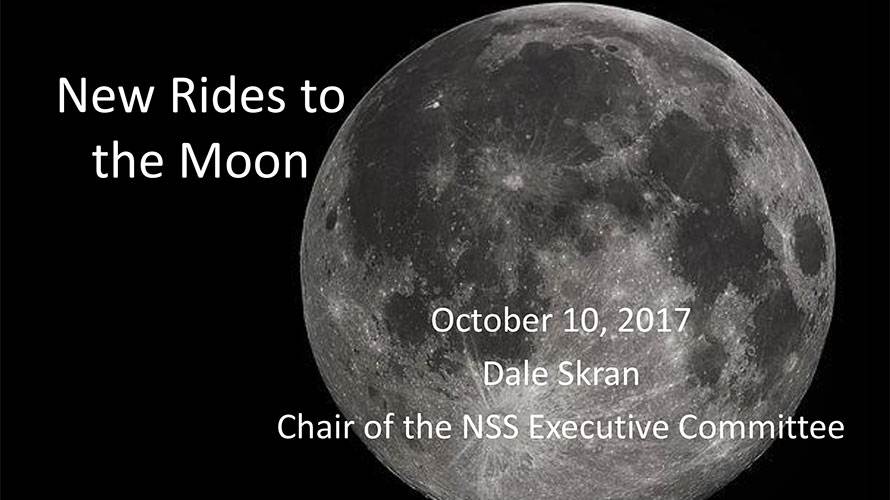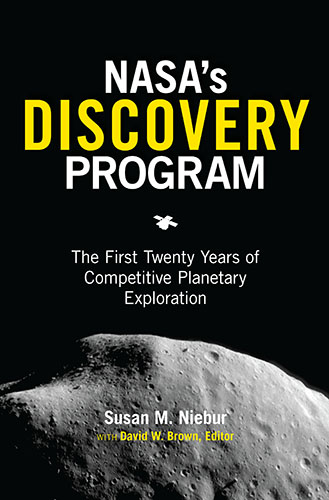By Dale Skran, Chair, NSS Executive Committee
I recently gave a talk titled “New Rides to the Moon” at the Morris Museum Astronomical Society in New Jersey (the link goes to my slides for the talk). The talk provided an update on new rockets suitable for lunar exploration, including the Long March 5, Falcon Heavy, New Glenn, Vulcan, Space Launch System, Araine 6, and Starship/Superheavy. The presentation was well received, the audience engaged with a lot of questions, and copies of Ad Astra were distributed. The Morris Museum is a Smithsonian affiliate museum, and the Astronomy Society is one of two clubs officially associated with the museum.




















5 thoughts on ““New Rides to the Moon” Presentation Outlines Future Launch Vehicles”
Is New Armstrong still in Blue Origin’s plans, for the next ten years anyway? Could it conceivably compete with SpaceX’s Starship/Superheavy?
With NASA’s Space Launch System continually falling behind schedule in terms of delays and dollars, the Artemis program should focus on the reusable commercial aircraft of SpaceX or Blue Origin in making a return trip to the Moon. While testing still needs to be done to ensure the safety of the astronauts, the use of a reusable spacecraft makes sense.
A link to an article from 2018 on retiring the SLS in favor of using commercial rockets.
https://www.businessinsider.com/nasa-sls-replacement-spacex-bfr-blue-origin-new-glenn-2018-11
As far as anyone knows Blue is still planning New Armstrong. It certainly could directly compete with SS/SH but it could be quite different. One possibility is a NTR Earth-Moon shuttle
Would be nice to eventually see Blue compete in the super heavy lift arena with something like New Armstrong. Yes, it would be great if Blue would pick up on the more efficient NTR for an Earth-Moon shuttle, perhaps from the current Marshall Space Flight Center NTR study even though that is ostensibly for Mars. As a LOX-Augmented Nuclear Thermal Rocket (LANTR) lunar water ice could be used it appears (link below). As a space-based vehicle the Gateway could be better utilized. Seems the much greater efficiency of NTR or LANTR would possibly accelerate cis-lunar development.
https://nss.org/lunar-base-studies-1994-lantr-and-lunox/
Yes, let the SLS fade out of the picture of lunar development. It’s not reusable. It’s too expensive to operate. Who ordered the dam thing anyway? Old institutional thinking that Boeing has to be financially supported for national defense reasons is keeping us on the ground.